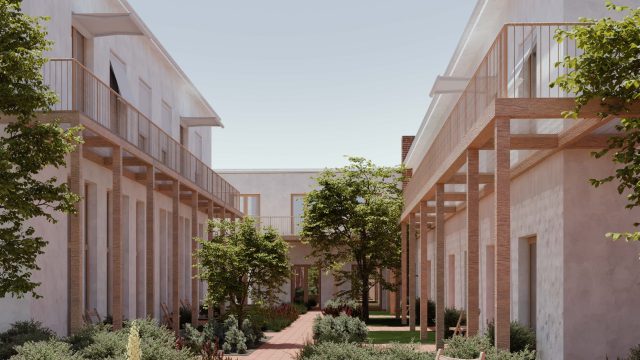On 1 July, the Hungarian National Long-Term Renovation Strategy was made available on the European Commission’s website.
The Hungarian Long-Term Renovation Strategy sets out the following objectives:
Achieve a renovation rate of 3% per year for the total housing stock by 2030. This will reduce the total energy consumption of residential buildings and CO2 emissions by about 20%. Over the same period, the objective is to reinforce the renovation rate for public buildings at 5% per year. If this is gradually achieved, the total energy consumption of public buildings and CO2 emissions can be reduced by 18%.
The objective is to achieve a higher proportion of buildings reaching or approaching the level of nearly zero energy buildings (BB). The target is to reach 90% of near-zero energy buildings by 2050. This can be achieved by deep renovation of the existing building stock. As this implies a significant cost for the owner, it is necessary to create the possibility for phased renovation.
The Long-Term Renovation Strategy sets out 35 actions. The monitoring of the implementation of the measures will be ensured by the establishment of a so-called Building Renovation Monitoring System (ÉMOR). This will allow the continuous processing of feedback and, if necessary, the identification of new intervention points.
The strategy can be downloaded here.


